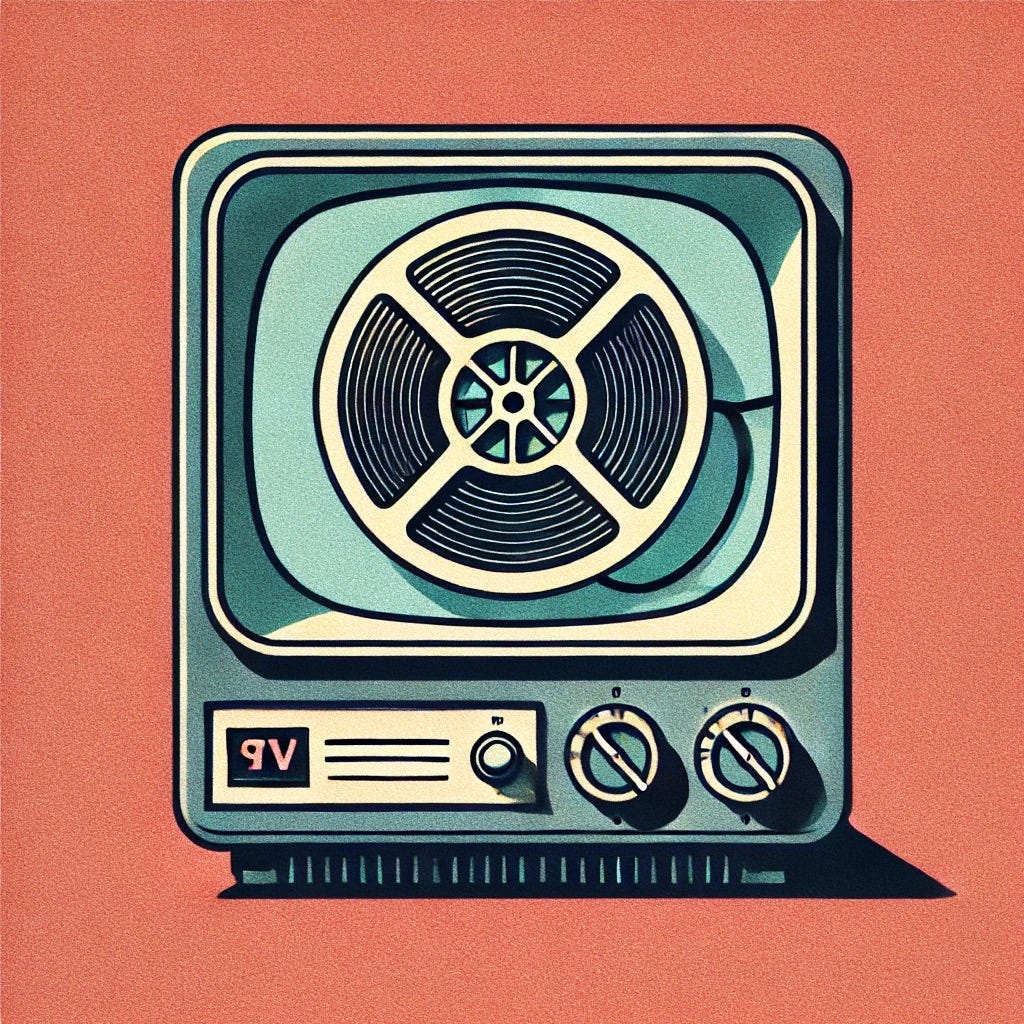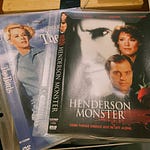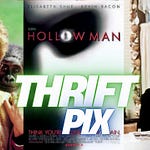When I first encountered the Kama Sutra, I was just 15.
I was working as a computer page at the library, returning books to their shelves, when I found myself drawn to the world philosophies section—a vast landscape of human thought. Christianity, Buddhism, Stoicism, Taoism, and more lined the shelves, each offering its own blueprint for understanding life.
Whenever I had a free moment, I’d linger there, scanning, reading, reflecting. Then one day, tucked among these books, I found the Kama Sutra.
Like most teenagers, I had heard the name before—but only in hushed, knowing whispers. I had never given it much thought. But there it was, in front of me. So, I opened it.
What I found wasn’t what I expected.
Yes, a portion of the text is dedicated to pleasure and relationships. But what captivated my mind and spirit lay elsewhere—the 64 Arts and Sciences.
A Blueprint for a Fully Realized Life
Smack dab in the middle of the text was perhaps the greatest self-education guide I had ever come across—and even now, years later, it remains unmatched.
The 64 Arts and Sciences weren’t just skills for being a good companion, spouse, or lover. They were a comprehensive map to mastering life itself.
And suddenly, something clicked.
Growing up, I always struggled with the age-old question:
“What do you want to be when you grow up?”
It never sat right with me. It felt limiting, as if choosing one passion meant closing the door on all others. But even as a kid, I knew that wasn’t how the world worked.
PBS was always on in our house. Documentaries about Leonardo da Vinci played in the background, painting the picture of a man who was an artist, scientist, engineer, and more. Even Christ himself was a carpenter, an orator, a teacher, and a mentor. How could we possibly be just one thing?
By the time I was 12, I had reframed the question:
Not “What do you want to be?” but “What do you want to do?”
That single shift changed everything.
The Secret Mission Begins
When I discovered the 64 Arts and Sciences, I recognized myself in them.
I was already:
🎭 Acting, singing, and dancing in church plays and choirs.
🎨 Creating art and sculptures and thinking about their relationship to science.
⚔️ Fascinated by the military arts across different cultures.
📖 Telling stories—where others saw childhood fibs, I later saw the power of narrative.
🎼 Writing songs in 4th grade, playing piano at 12, guitar at 15, and playing in a band.
🎬 Obsessed with the art of motion pictures.
By 15, I had already begun my journey, and the 64 Arts felt like a clear vision and blueprint.
So, I secretly made a pact with myself:
I would dedicate my life to exploring all 64 Arts.
Not all at once. Not as a checklist. But as a lifelong pursuit.
Unlearning What We’ve Been Taught About Education
Of course, not everyone understood this path.
We live in a world where education is often viewed as a means to an end, something granted to you, rather than something you take for yourself.
But if you truly choose the life of a self-learner, an autodidact, you have to be willing to unlearn everything you’ve been taught about education—who controls it, how it’s structured, and what “counts” as valid knowledge.
That’s why so many people would never expect the Kama Sutra to contain one of history’s most fascinating educational roadmaps. But as one of my distant mentors, Louis L’Amour, once said:
“No one can ‘get’ an education, for of necessity, education is a continuing process. It should provide the tools for a widening and deepening of life. We can only hope students come upon an idea they wish to pursue.”
The 64 Arts are exactly that—a widening and deepening of life, a chance to pursue ideas that enrich not just the mind, but the body and spirit as well.
Ancient Wisdom, Modern Minds: A New Way to See Learning
In this bi-weekly series, we’ll be exploring the hidden benefits of self-education through the lens of the 64 Arts.
Each issue will introduce a new art—one that may seem ancient or obscure but has profound modern applications. Here some questions we’ll tackle from one issue to the next.
💡 How does it help us today?
🔎 What can we learn from it?
🎭 How can we apply it in daily life?
This isn’t just about learning a skill—it’s about transforming the way we think about knowledge itself.
A Challenge for You
If you’ve ever felt boxed in by traditional learning…
If you’ve ever felt like your interests were “too scattered”…
If you’ve ever wondered if there’s a different way to grow…
I invite you to do this:
🌀 Let go of what you think learning is supposed to be.
🌀 Look for knowledge in unexpected places.
🌀 Be open to discovering something completely new.
Because this is just the beginning.
🔔 Next Issue: "How Storytelling Became a Lost Art (and Why It Matters Again)"
(If you found this valuable, share your thoughts! How have you learned from unexpected sources? Reply and let’s start the conversation.)












